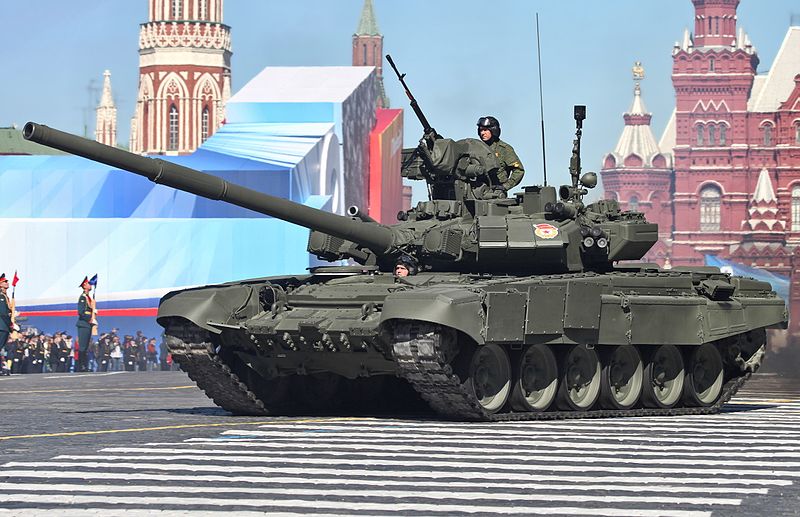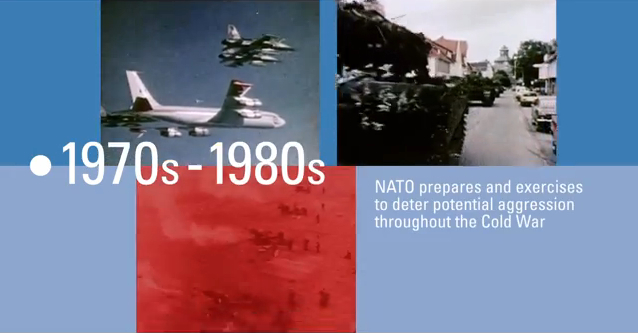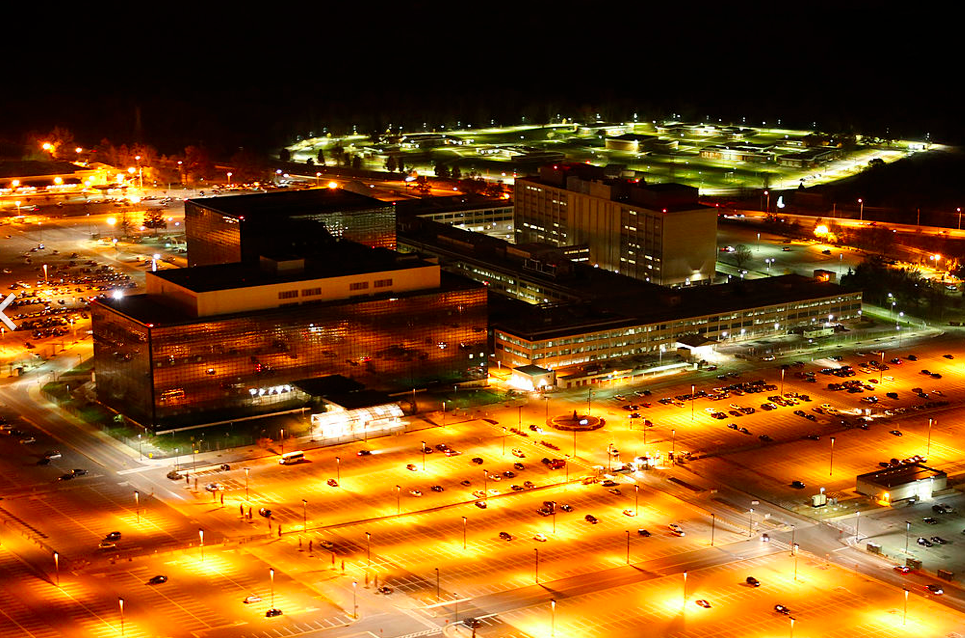The ‘Russian Threat’ is an alleged military threat posed by the Soviet Union’s (USSR) successor, the Russian Federation (Russia), to NATO members. NATO must recognize that in a direct military engagement in Eastern Europe, Russian forces would emerge victorious. However, despite Russian belligerence and aggression a war in Eastern Europe between Russia and NATO is unlikely to occur. Mutually Assured Destruction (MAD) doctrine, enforced by the roughly seven thousand warheads held by Russia and the United States (USA) each, is still in effect and the Russian population, scarred by the massive losses during the world wars, would be unwilling to accept the casualties a nuclear exchange would bring.
The threat posed by Russia cannot be denied: however, it does not manifest in the Russian military. Russian belligerence is not intended to cause war, but rather allow the Russian government to influence other nations through coercion and threats. Direct war is unlikely; however, the Russian government has displayed a pattern of expanding Russian influence while avoiding direct confrontation. As demonstrated in 2014 in Ukraine, the Russian threat is the subversion of the democracy and sovereignty of nations to create allies or influence decisions in Russia’s favor. NATO strategy must approach this threat by first ceasing to treat Russia as a ‘conventional’ nuclear enemy and rather expand mutual defenses in NATO to prevent chaos and the exploitation of it by Russia, while still maintaining an effective nuclear shield.
As demonstrated in the Crimea regions of Ukraine in 2014, Russia is able to exploit chaotic situations such as civil unrest and turn them to its advantage. As previously stated Russia will not engage NATO in an open war, but will subvert other nations to its own ends. While Ukraine is not a member of NATO, it shares common traits with many NATO members in Eastern Europe and the Baltic States, including former membership in the USSR and a border with Russia. NATO must ensure that its members are protected by utilizing the resources they are capable of marshaling, while taking care not to provoke or escalate tensions with Russia.
Four western-NATO led brigades have been planned for Eastern Europe, these brigades must not conduct actions that could be perceived by Russia as provocations, especially exercises close to the Russian border. Instead, they should be employed in preventing and mitigating situations in the region which could be exploited by Russia. This should be accomplished by means of providing expertise, training and unique capabilities to the host, while also providing additional trained manpower in the event of a crisis, natural, manmade or social, in order to reduce chaos and Russia’s ability to exploit it. In addition to providing military support NATO should also provide aid and assistance during disasters and crises in a similar manner to the Marshal Plan; that is, more than sufficient aid and assistance which can be used by the recipient to aid its population and infrastructure so as to prevent them from seeking Russian aid and to reduce the intensity of crises so that they cannot be exploited by Russia.
NATO, though it must respect member’s rights to self-determination and independent decision-making, must agree to a unified and uniform diplomatic approach to Russia. By establishing and enforcing uniformly a position, Russia would be unable to ‘bully’ members with fewer resources or less defensive stances into submission or alteration of their diplomatic or political stances. Primarily, the unified approach’s goal should be to provide Russia with three options; escalation, status quo or deescalation of tensions between NATO and Russia. The escalation of tensions, possibly leading to war, is not an outcome that Russia can accept; therefore, Russia is forced to maintain status quo or deescalate tensions. It must be recognized that while Russia, especially since the crisis in Crimea, has routinely refused to engage in productive diplomatic discourse with member nations, or NATO as a whole, discourse has occurred and when successful has had highly productive and mutually beneficial results, including the partial denuclearization and counter-proliferation of Iran.
Under the NATO Treaty, mutual defense is assured by every member to protect every member from attack; therefore every member is protected by the ‘nuclear umbrella’ of members holding strategic warheads and the collective power of NATO member’s forces. However, this nuclear umbrella only shields members from direct military assault. It does not protect them from the subversion of democracy, the more likely threat to members of NATO in Eastern Europe.
Therefore, NATO must expand its understanding of its mandate to protect members from subversion by providing them aid and assistance, while engaging Russia in productive diplomatic discourse and external joint programs to divert Russian attentions from NATO. Ultimately the goal of NATO must be to counter the Russian threat and reduce tensions between NATO members and Russia.
Photo: Moscow Victory Day Parade (2013), via Wikimedia. Licensed Under CC BY-SA 4.0.
Disclaimer: Any views or opinions expressed in articles are solely those of the authors and do not necessarily represent the views of the NATO Association of Canada.




